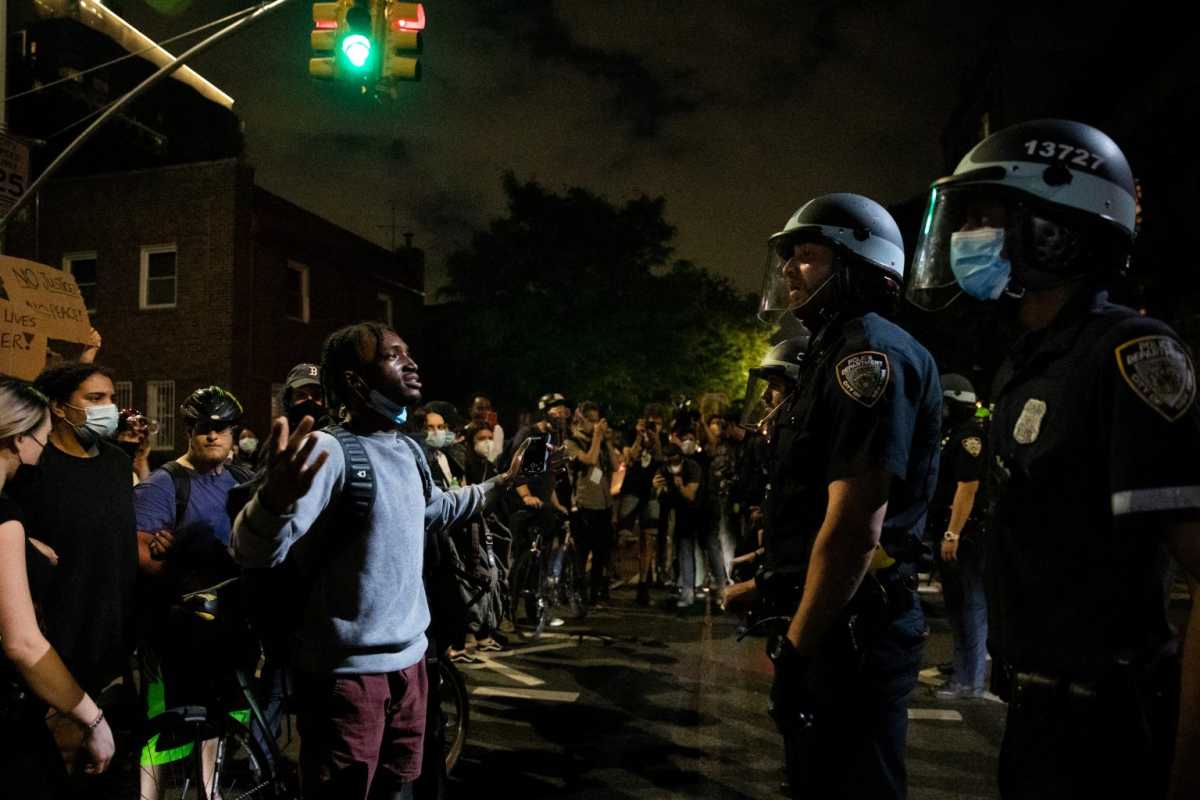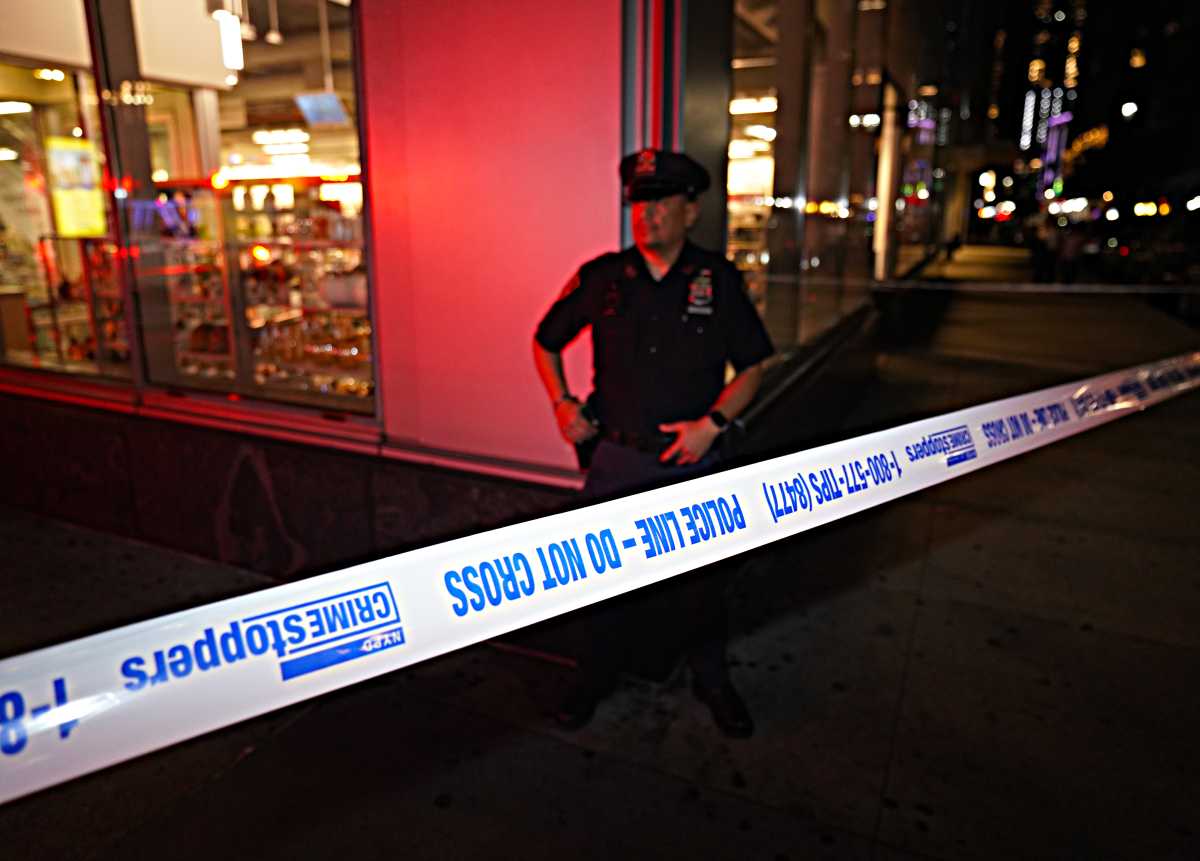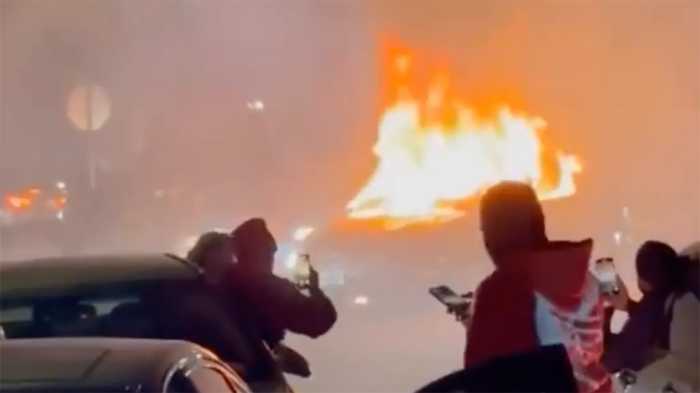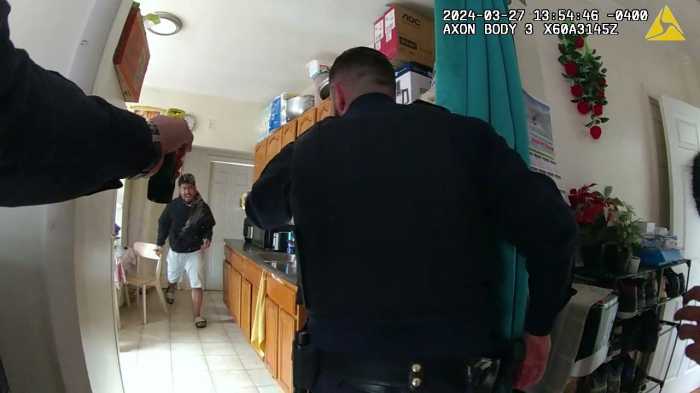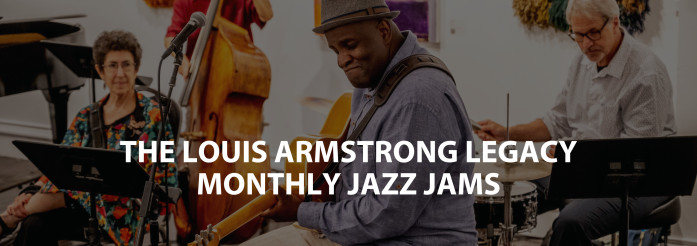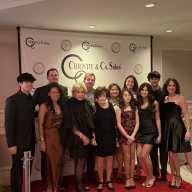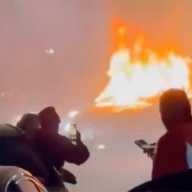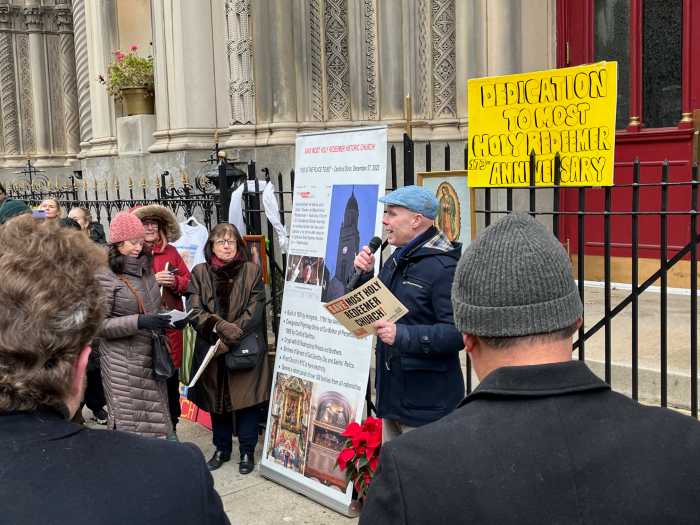Wednesday marked the first half of Attorney General Letitia James’ online hearing on interactions between the police and civilians during the continuing protests against police brutality — and plenty of New Yorkers turned out to say their piece.
Dozens of witnesses recounted incident after incident of violence and excessive force used by officers on peaceful protesters during the Zoom hearing. More than 300 speakers had signed up as of June 16 to speak, but many more logged in on Wednesday morning.
There were so many witnesses that James had to add a second round of virtual hearings on Thursday, June 18. The hearings are part of an investigation launched by James last month and includes special advisors Barry Friedman, founding director of the Policing Project at NYU Law School, and former U.S. Attorney General Loretta Lynch.
Protests in New York City against police brutality were sparked by death George Floyd, a Minneapolis man who died after an officer pinned him to the ground during an arrest by pressing his knee into the back of his neck. Demonstrations took off, along with clashes with the police, on May 28, when more than 100 protesters gathered at Union Square and marched to City Hall, blocking traffic along the way.
Officers arrested at least 40 protesters that night after tensions between demonstrators and the police grew so high that one demonstrator allegedly threw a drum at an officer and another tried to take an officer’s bicycle with police responding by pepper-spraying the crowd.
It was the next night of protests were interactions between officers and protesters took an even more violent turn.
“I saw what could only be described as a brutal attack by the police on civilians they swore to protect,” said Kelly Gerber, the nurse from Clinton Hill in Brooklyn who joined a protest passing her apartment building the night of May 29.
The crowd she had joined tried to meet up with another group of protesters at Barclay’s Center, where protests against police brutality have taken place nightly, but were blocked by police from approaching the arena a several blocks east at Classon Avenue and Fulton Street.
Instead of trying to push past officers, the crowd instead turned around and marched north towards the 88th precinct at Classon Ave. and Lafayette Ave. where they were met by officers dressed in riot gear, according to Gerber. There, some protesters jumped on top of a police van and attempted to break its windows.
Protesters were unsuccessful in damaging the vehicle and heeded officer warnings to get off the van. A few minutes later, when the protest had become peaceful once again, officers decided that the crowd need to move and a standoff with protesters ensured. Without warning, officers then rushed the front the crowd of protesters, shouting commands to move back and shoving protesters with their shields.
Gerber, who was among protesters at the front of the pack during the standoff, recalled that officers gave no warning before they charged. Countless protesters fell to the ground, Gerber was shoved off of her bike and cut her leg, she witnessed NYPD officers hit fellow protesters so hard with their shields that they left cuts, bruises and saw some with large bumps on their heads after being thrown into nearby metal chain-link fences by offices. One unarmed man, Gerber remembers, was chased by an officer with pepper spray even after distancing himself from the crowd.
As Gerber watched, an officer threatened to “beat her to the ground.” After protesters tried to get an ambulance to attend to one protester with a large cut on his head and bruises along his back after being shoved to the ground by NYPD and beaten the ground, officers prevented EMS from attended to the man for 20 minutes.
Protesters shared similar stories of unprovoked police beatings, shovings and arrests continued for over the next five hours during the Zoom hearing which at its peak had over 1,000 viewers.
Elected officials such as state Senator Zellnor Myrie joined the hearing at around 4 p.m. to retell their own experiences of being pepper-sprayed; or, in Public Advocate Jumaane Williams’ case, witnessing protesters being struck with batons and thrown off bicycles without provocation.
The second day of testimony begins at 11 a.m. on June 18.
This story first appeared on amny.com.

